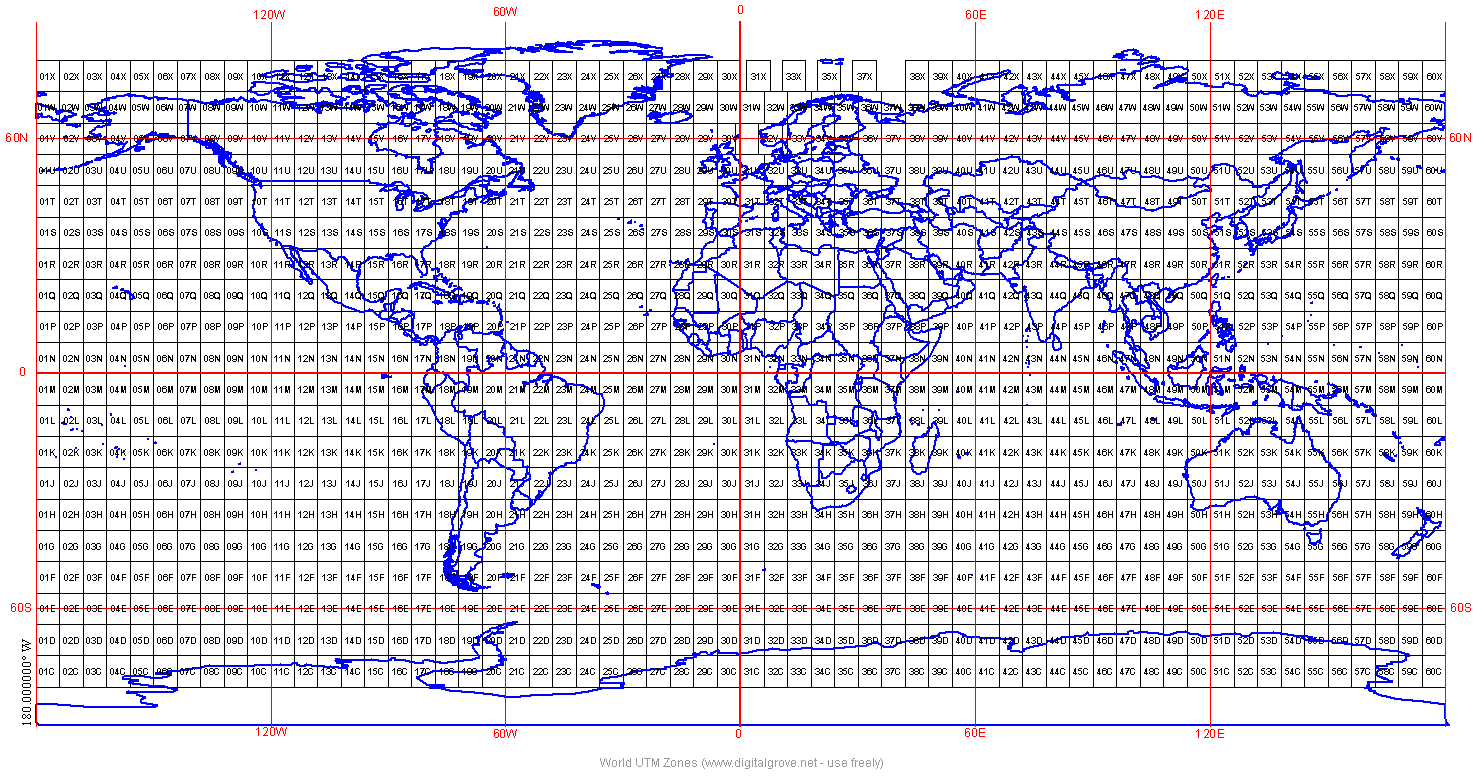


Some agricultural areas were converted to industrial forest plantations. Permanent agriculture had expanded in certain sub-basins into previously forested areas. The 1997–2010 LULC change map showed multiple trends.

The 2010 LULC map was constructed from Landsat and MODIS satellite data, while the 1997 map was from before the MODIS era and therefore based on available Landsat data. The change map was derived to aid SWAT hydrologic modeling applications in the LMB, given the 2010 map is currently used in multiple LMB SWAT models, whereas the 1997 map was previously used. This paper discusses use of pre-existing LULC maps from 19 to derive a LMB regional LULC change map for 9 classes per date using GIS overlay techniques. The Mekong river is also heavily used for human transportation, fishing, drinking water, and irrigation. The region has undergone extensive environmental changes since the 1990s due to such factors as agricultural expansion and intensification, deforestation, more river damming, increased urbanization, growing human populations, expansion of industrial forest plantations, plus frequent natural disasters from flooding and drought. The Lower Mekong Basin (LMB) is biologically diverse, economically important, and home to about 65 million people. 5Department of Engineering Systems and Environment, University of Virginia, Charlottesville, VA, United States.4Spatial Sciences Laboratory, Texas A&M University, College Station, TX, United States.3Science Applications International Corporation, Hydrological Sciences Laboratory, NASA Goddard Space Flight Center, Greenbelt, MD, United States.2NASA GSFC Hydrological Sciences Branch, Greenbelt, MD, United States.



 0 kommentar(er)
0 kommentar(er)
